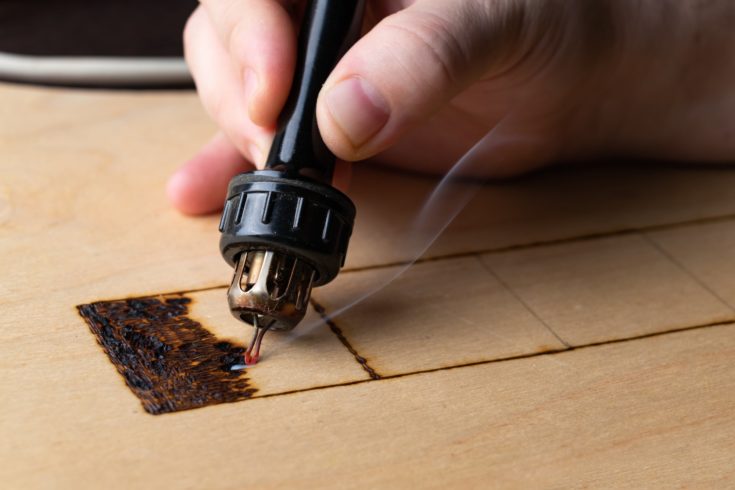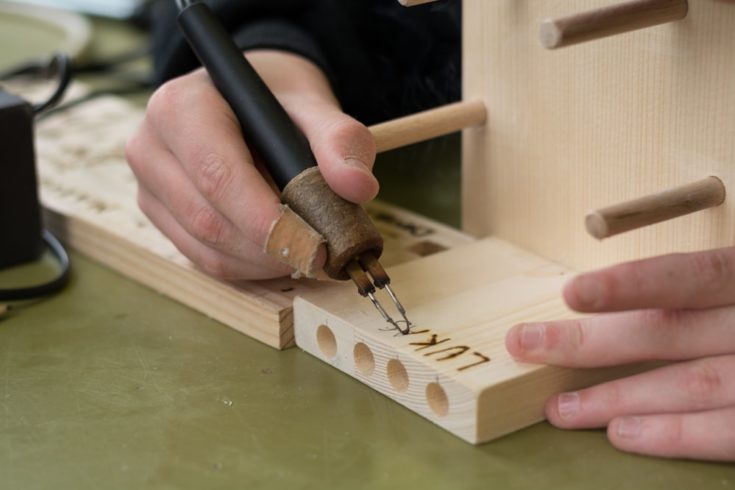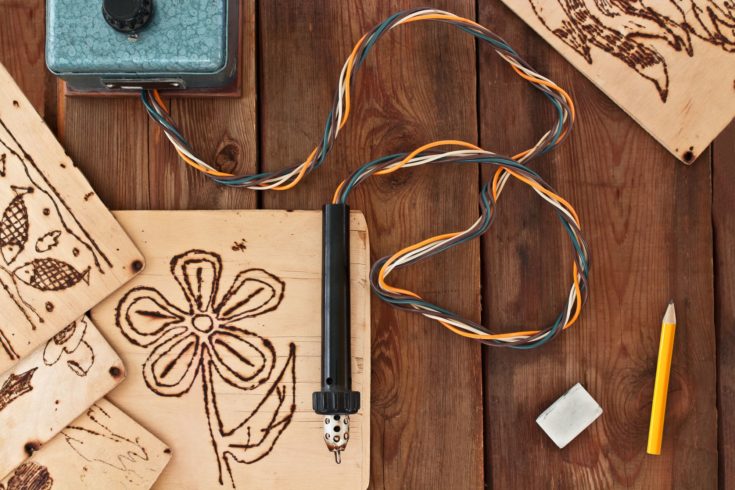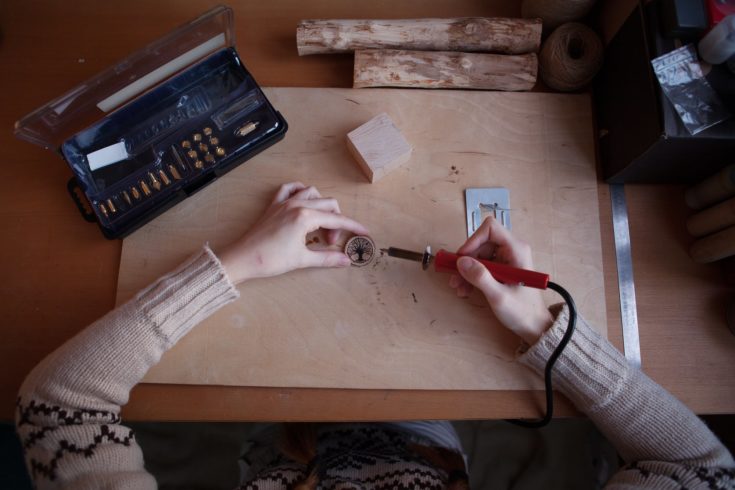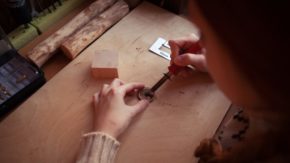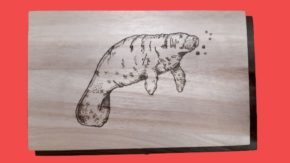If you think you might be interested in wood burning, we have some really good news: you can purchase a pyrography set at a really affordable price, especially if you are a beginner that’s trying to get used to the tool. The (relatively) bad news is that these pens do tend to heat up quite a bit, which is why we are going to approach the topic of wood burning tool safety, which includes an overview of how hot a wood burning tool can get.
Wood Burning Smoke
The tricky thing about inhaling smoke when you’re burning wood is that it can be really toxic, depending on the type of wood that you’re working with. For the most part, pieces of wood that have been treated will always render more toxic smoke compared to “raw” bits. In order for you to stay on the safe side, it would be a good idea to ask an expert or do your research on different types of wood and their fumes. This way, you can create a safe selection technique for the novice wood burning in you.
To a certain degree, you will inhale a little bit of smoke as a pyrographer, but it’s important to limit that amount and choose to work with safer species of wood. It is also important to work in a room that’s properly ventilated. If you have a basement or a shed with no windows, that’s not where you want to proceed with your wood burning projects. Instead, you want a space that will allow you to open the windows and keep the smoke out of your working area. Some fans could also help with ventilation.
Even so, the most important thing is to opt for wood that has low toxicity levels. A simple internet search should provide you with the information you need to know, and by consulting pyrography forums, you can read about other people’s experiences and know how to stay safe and which types of wood are safer to use.
Temperature Safety
Since a wood burning tool can get pretty hot, it’s important to buy a product that has proper handle insulation and is qualitative enough so that it won’t reach a temperature that eventually burns out the internal components. A wood burning tool can reach temperatures of 750 to 1050 degrees Fahrenheit (which is the equivalent of 400 to 565 degrees Celsius).
But aside from the insulated handle and the quality construction, there is also the matter of not leaving the tool unsupervised when you’re not using it. Try to opt for a pyrography pen that has a special stand so that it will hold it without coming in touch with other objects. Leaving your pyrography pen unsupervised can lead to potential fires, not to mention the risk of having children or pets touching the tool and getting injured.
If possible, try to wear insulating gloves while you’re working with such a hot tool. Even if there are chances of your hands sweating while using such gloves, they are a great way to avoid injury, especially in people that use a pyrography tool for hours on end.
Using the Right Temperature
Some of you might be wondering what are the correct temperature settings to go with when you’re ready to use your pyrography pen. The problem is that this question doesn’t have a universal answer, as there are several factors that weigh in on this decision and will influence the dial setting on a wood burning tool:
- The model of the wood burning tool you’re using is the first factor to consider. There are tools out there that will heat up at really high temperatures even when the dial is set to low because they have a larger heat range.
- The amount of metal used in the construction of the tip is also an important heat factor. For example, a shading tip has a lot of metal in its construction compared to a writing tip. The general rule is that tips that have a lot of metal in them will require more heat to leave an impression. When the tip doesn’t have a lot of metal, it also consumes less power to heat up.
- Having a cleaner or a dirtier tip can also influence the correct working temperature. When you work with a dirty tip, you are less likely to end up with a smooth and even impression, which means that you are required to work at a higher temperature. Consider the dirt as being an additional layer on your tip that prevents an accurate amount of heat from actually reaching the wooden surface you’re working on.
- The wood that you’re working with will also determine what is the right temperature setting for your pyrography pen. For example, if you work with basswood, you won’t need high temperatures for a decent impression. You need to keep in mind that different types of wood burn at different temperatures.
- The speed at which you work plays a part in determining what temperature you have to work it. If your hand typically moves really fast, then you need to have your pen set at a higher temperature compared to the one needed for slower hand gestures.
- Surprising or not, the temperature inside the room where you’re working will also have a say in the correct temperature for your pyrography pen. Working in colder rooms requires that you set the temperature pen higher, which is also something you have to do if the room has a breeze that could cool down the heat of the tip.
- The cord on your pyrography pen is another determining factor that can modify the required heat setting.
Conclusion
When you’re working with a wood burning tool, there are safety measures that you need to take into account if you want to have a pleasant experience every time. It is very important for you to use a quality pyrography pen that provides a decent level of insulation, but you also need to take other cautionary measures, like making sure the pen doesn’t overheat, putting it down on a safe surface, working in a well-ventilated room, and others.
